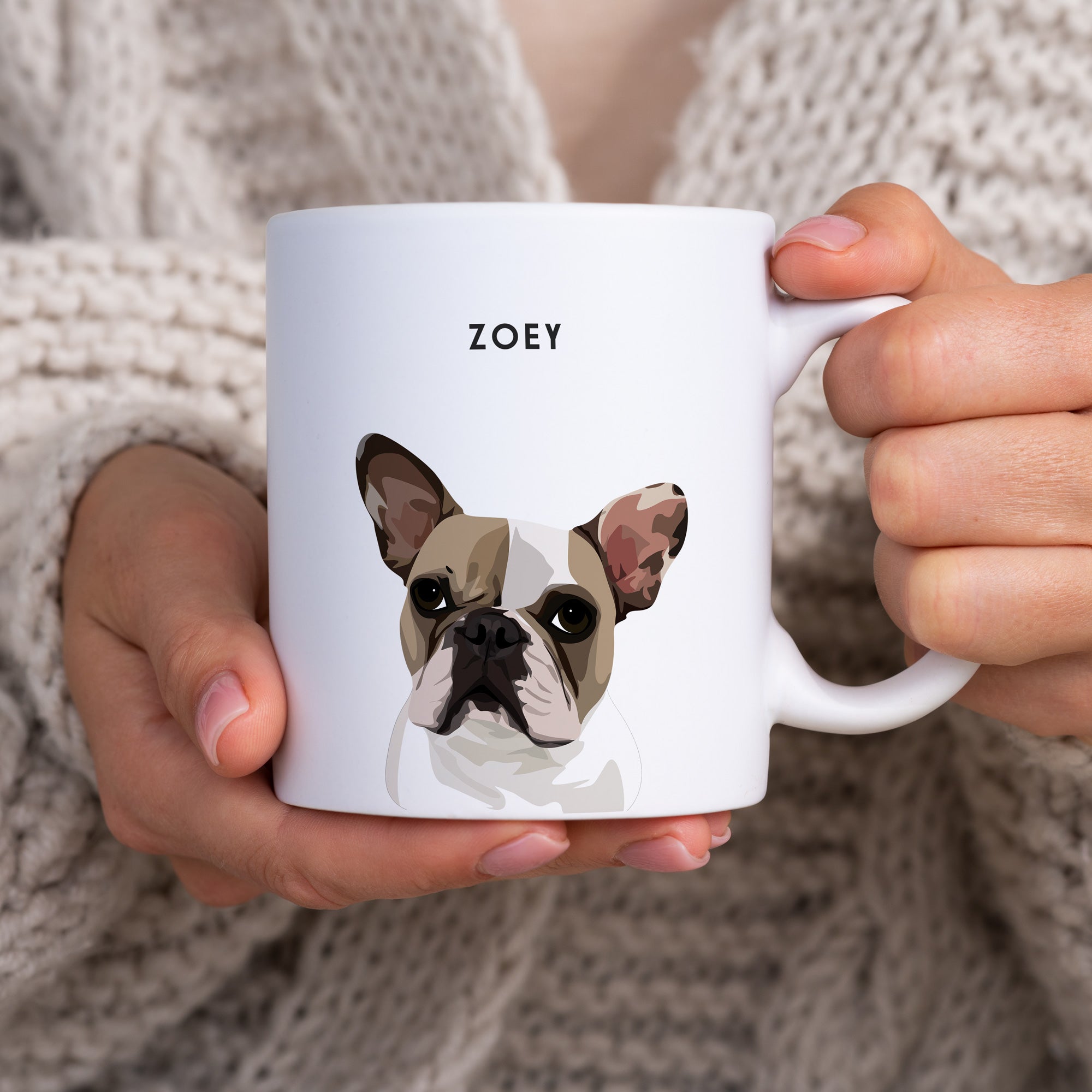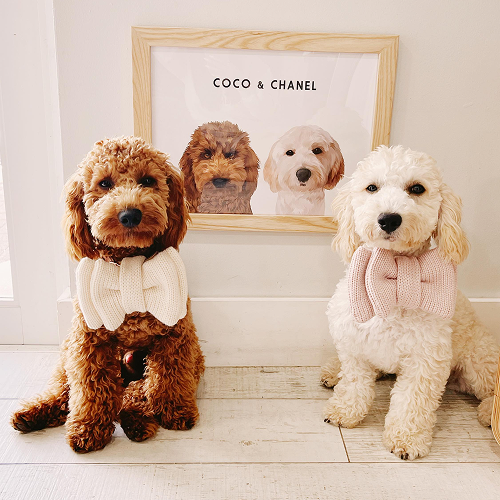So there I was, camera in hand, ready to capture my fur baby's best angle for a stunning West & Willow portrait, when I noticed something... my pup's chin was wetter than usual. Now, I'm all for a bit of slobber in the name of art, but this got me wondering – is excessive drooling in dogs an emergency, or just part of their charm? Let's dive into the drooly details and find out if we should be calling the vet or just embracing the slobber for that picture-perfect shot.
What is Excessive Drooling?
Every dog owner knows a little drool comes with the territory, but what exactly is "excessive" drooling? It's when your pooch produces more saliva than usual, and it's more than just a dribble. We're talking about a slobber fest that could give Niagara Falls a run for its money! But don't fret, drool aficionados, not all drool is doom and gloom.
And let's talk breeds – while my little buddy might leave a small puddle, some dogs are like living, breathing drool machines! Take the Saint Bernard, for example – they're the heavyweight champs of drool. If my dog's drool was a drizzle, a Saint Bernard's would be a downpour! Here's a side-by-side snapshot: my dog's modest drool dot versus a Saint Bernard's drool deluge – it's a drooly David and Goliath!
Common Causes of Excessive Drooling
Now, not all drool is a drama. Sometimes, it's just your dog dreaming of that juicy steak or panting away on a hot day. Picture this: a sunny afternoon in the park, and there's your dog, tongue out, drooling like it's going out of style because, well, it's toasty out there! But, as much as we love a drooly dog, it's good to know when things might be a bit more serious.
On the other hand, if your dog's drool is coming out like a leaky faucet, it could be a sign of something more concerning, like dental woes, the jitters, or even a run-in with something they shouldn't have eaten. And here's a bit of drool humor for you – my dog's slobber could fill a kiddie pool when he's eyeing the treat jar. But when the drool's more than just treat-induced, it's time to perk up those ears and pay attention!
When to Seek Veterinary Help
So, when do you swap the drool rag for a vet visit? Keep an eye out for clues like your dog turning up their nose at dinner or acting like their mouth is a no-go zone. These signs can signal that there's more to their drool story. And remember, you know your dog best, so if something seems off, it's better to be safe and get it checked out.
Let me tell you about the time my dog's drool tipped me off to a hidden treasure – a chew toy, wedged so sneakily in his gums. A quick call and visit to the vet helped us discover the culprit behind the drool. It was quite the adventure, from mystery to relief, all thanks to being in tune with my dog's drooly ways.
Home Care Tips for Mild Cases
For those everyday drool dilemmas, keep a trusty "drool rag" at the ready and make sure your dog's water bowl is always full to keep them well-hydrated. These simple steps can help manage the mess and keep your dog comfortable, because let's face it, drooling is just part of their doggie charm.
And for those who share their sofas with a drooly dog, consider water-resistant throws to protect your furniture. I'll let you in on a little secret – a drool-stained snapshot of my pup almost won the coveted spot on our West & Willow portrait. It was adorable, but we opted for a less soggy memory in the end – almost!
Prevention and Monitoring
Keeping slobber under control starts with regular dental check-ups and a good cleaning routine. Just like us, our dogs need their pearly whites taken care of to prevent any drool-inducing dental issues. Plus, it gives you a great excuse for some up-close and personal snuggles during toothbrush time!
It's also wise to keep a watchful eye on your dog's drool patterns. Noting changes in the amount or consistency can be key to catching issues early. And hey, why not make it fun by snapping monthly portraits of your drool-free dog? It's a great way to monitor their health and you'll have a collection of adorable photos ready for your next West & Willow masterpiece!
Conclusion
As we wrap up our drool-drenched journey, let's remember that while a bit of slobber is part of the dog-loving package, being clued in on your dog's drool can make all the difference. Knowing when it's a sign of pure puppy love or a red flag is key to keeping your furry friend healthy, happy, and ready for their West & Willow close-up.
So, whether your dog is a dribbler or a drool fountain, staying informed and vigilant is the best way to ensure they remain the perfect subject for those frame-worthy portraits. After all, a little drool goes a long way, but so does a lot of love and care for our slobbery sidekicks.
FAQs
What dog breeds typically drool the most?
Breeds known for their impressive drool include the Saint Bernard, Bloodhound, and Newfoundland, among others. These slobbery sweethearts often need a bib just as much as a bone!
Can certain foods or treats cause my dog to drool more?
Absolutely! Just like us, dogs can get extra drooly over delicious treats or foods, especially if they're particularly smelly or tasty. It's like their mouths are giving a standing ovation!
How can I tell if my dog's drooling is due to anxiety?
If your dog's drooling comes with other nervous ticks, like pacing or whining, it might be anxiety. It's like their way of saying, "I'm not a fan of this situation, human!"
Should I be concerned about my dog drooling in his sleep?
Some drool in dreamland is normal, especially if they're snoozing after a big day or chowing down in their dreams. But if it's a new or excessive thing, it's worth a chat with the vet.
What are some quick cleaning tips for dealing with drool around the house?
Keep a stash of cloths handy for quick wipe-ups, use water-resistant covers for drool-prone areas, and embrace the power of enzyme cleaners to tackle the slobber spots. It's all in a day's work for a dog lover!


